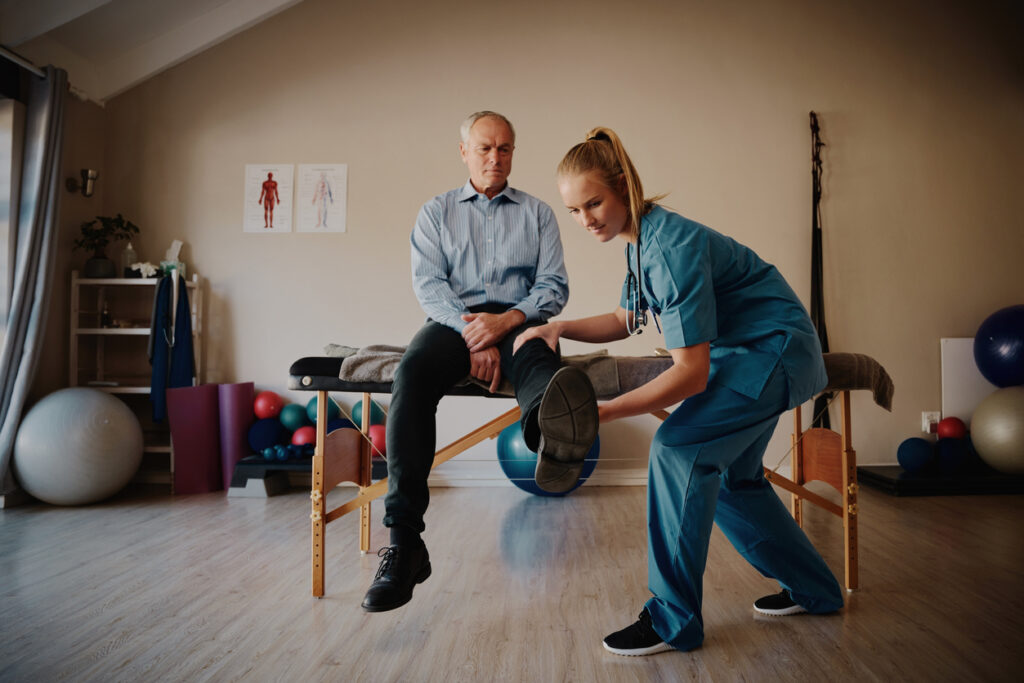Effective Approaches to Minimize the Risk of Sudden Injuries in Sports Via Targeted Preventative Tactics
Effective Approaches to Minimize the Risk of Sudden Injuries in Sports Via Targeted Preventative Tactics
Blog Article

Sudden traumas in athletics can occur unexpectedly and frequently lead to serious problems for players. These traumas can vary from twists and strains to fractures and concussions. To assist reduce these traumas, it is essential to implement targeted protective strategies. These strategies concentrate on awareness, appropriate preparation, equipment use, and overall health maintenance. By addressing these important areas, players can considerably reduce their risk of experiencing acute traumas while engaging in their favorite sports.
One effective method to minimizing the risk of injuries is through education. Players, trainers, and parents should be informed about the typical types of traumas associated with particular sports. Understanding the mechanics of these injuries allows all involved to identify the signs and symptoms early. Informative workshops or seminars can assist teach athletes about proper techniques and the significance of preparing up before matches or training sessions. This understanding empowers athletes to take charge for their well-being and encourages them to communicate any worries about possible injuries.
Another important protective strategy is adequate training. Athletes should participate in a well-rounded training program that focuses on developing strength, flexibility, and endurance. Strength training assists build the muscle groups that stabilize joints, reducing the likelihood of traumas. Flexibility exercises, such as stretching, can enhance the scope of motion and decrease the risk of muscle strains. Additionally, athletes should integrate sport-specific drills that simulate game situations, which can assist them become more acquainted with the movements involved in their chosen sport. Trainers play a crucial role in designing and executing these training programs to ensure they are safe and efficient.
The use of suitable equipment is also vital in reducing acute injuries in sports. Players should always wear the right equipment for their particular sport, including helmets, pads, and suitable footwear. For instance, football players need helmets to protect against head injuries, while football players require shin guards to shield their legs from impact. It is crucial that equipment fits correctly and is maintained regularly to ensure it provides the necessary protection. Trainers and guardians should encourage players to take the time to select and use the right equipment to reduce their risk of trauma.
In addition to education, preparation, and equipment, upholding overall well-being is crucial for trauma prevention. Players should prioritize proper nutrition, hydration, and rest to keep their physical condition in top condition. A nutritious diet rich in vitamins and minerals helps facilitate muscle recovery and overall athletic performance. Staying hydrated is also crucial, as dehydration can lead to exhaustion and increase the likelihood of injuries. Lastly, achieving enough rest is vital go right here for recovery and upholding focus during practices and matches. By promoting good health habits, players can enhance their performance and lower their chances of suffering from acute traumas.
In summary, minimizing the risk of acute injuries in sports requires a multifaceted approach that includes education, proper preparation, appropriate equipment, and overall health maintenance. By focusing on these targeted preventive strategies, athletes can better protect themselves from the dangers of injuries. Coaches, parents, and athletes all have important roles to play in fostering a safe sports environment. By working together and prioritizing safety, the enjoyment of sports can continue without the interruption of painful injuries.